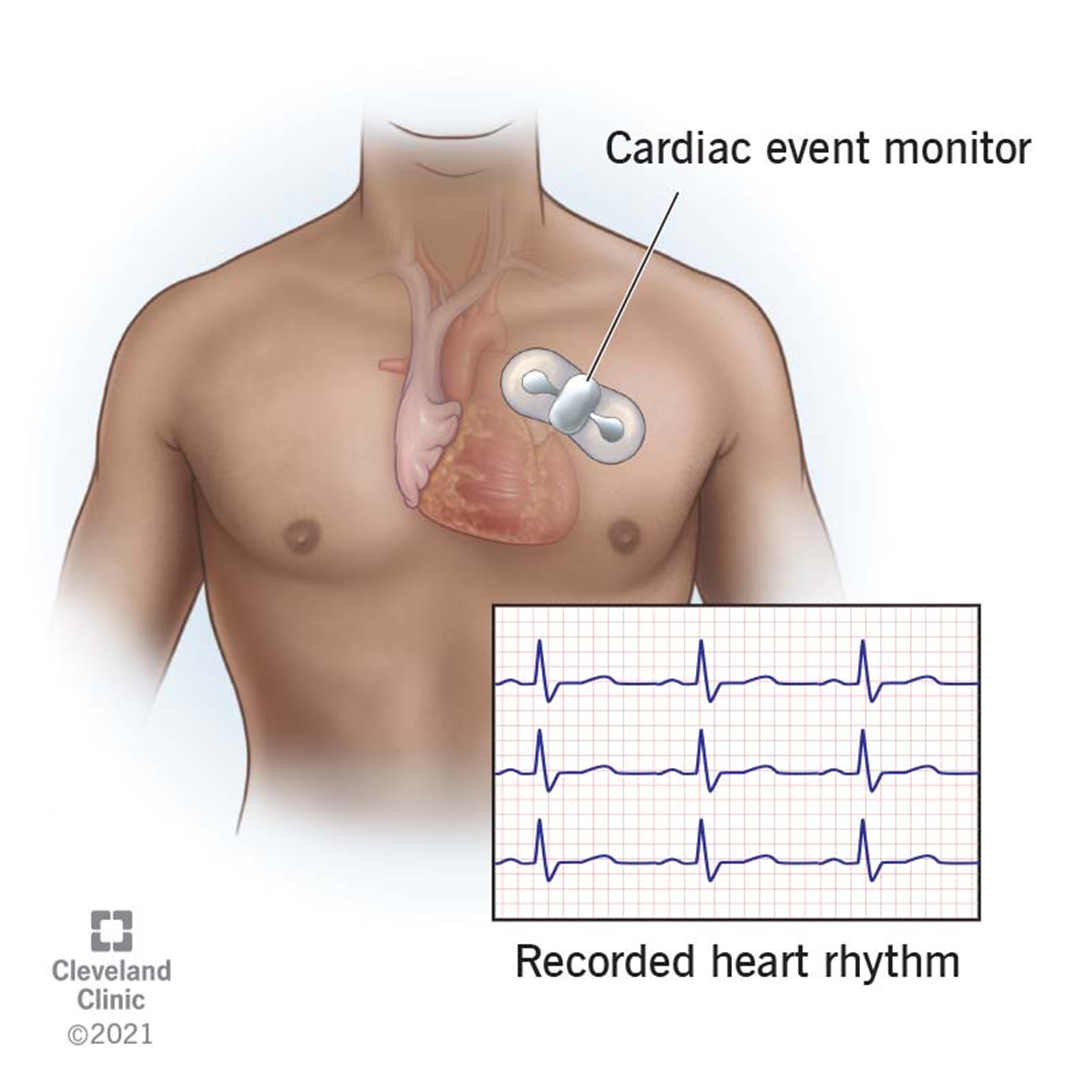Which is a psychosocial explanation for the development of personality disorders?
Cooperative people become increasingly helpless over time.
Self-transcendence contributes to self-consciousness and materialism.
Highly self-directed people reflect uncooperativeness and intolerance.
Failure to complete a developmental task jeopardizes future personality development.
The Correct Answer is D
Choice A reason: The concept that cooperative people become increasingly helpless over time does not align with psychosocial theories of personality disorder development. Cooperation is generally seen as a positive trait and is not typically associated with the development of personality disorders.
Choice B reason: Self-transcendence contributing to self-consciousness and materialism is not a recognized psychosocial factor in the development of personality disorders. While self-transcendence can relate to a person's sense of connectedness with the broader universe, it is not directly linked to personality disorders.
Choice C reason: Highly self-directed individuals are often seen as having a strong sense of autonomy and control, which is not typically associated with the development of personality disorders. Uncooperativeness and intolerance are not inherent in self-direction.
Choice D reason: Failure to complete a developmental task can lead to psychosocial issues, which may contribute to the development of personality disorders. According to Erik Erikson's stages of psychosocial development, if an individual does not successfully navigate a stage, it may impact their personality and could potentially lead to disorders.
Nursing Test Bank
Naxlex Comprehensive Predictor Exams
Related Questions
Correct Answer is ["A","B","D"]
Explanation
Choice A reason: A cardiac monitor is essential during ECT to monitor the heart's electrical activity, as the procedure can affect heart rate and rhythm.

Choice B reason: A blood pressure monitor is necessary to track the client's blood pressure throughout the procedure, as ECT can cause fluctuations in blood pressure.
Choice C reason: A portable x-ray machine is not typically required in the setup for ECT.
Choice D reason: An EEG monitor is used during ECT to record the electrical activity of the brain, which is crucial for assessing the seizure activity induced by the treatment.
Choice E reason: An ophthalmoscope is not used during ECT; it is an instrument for examining the interior structures of the eye.
Correct Answer is ["D","E","F"]
Explanation
Choice A reason: Exploring is a therapeutic technique that involves delving into a client's experiences and feelings, which can be beneficial in understanding their perspective.
Choice B reason: Silence can be a therapeutic technique that gives clients space to think and express themselves.
Choice C reason: Voicing doubt can undermine the client's confidence and is not considered a therapeutic response.
Choice D reason: Challenging may confront the client in a non-therapeutic way, potentially leading to defensiveness.
Choice E reason: Disapproving can make clients feel judged and is not conducive to a therapeutic relationship.
Choice F reason: Agreeing may not always be therapeutic as it can prevent clients from exploring all aspects of their issues.
Whether you are a student looking to ace your exams or a practicing nurse seeking to enhance your expertise , our nursing education contents will empower you with the confidence and competence to make a difference in the lives of patients and become a respected leader in the healthcare field.
Visit Naxlex, invest in your future and unlock endless possibilities with our unparalleled nursing education contents today
Report Wrong Answer on the Current Question
Do you disagree with the answer? If yes, what is your expected answer? Explain.
Kindly be descriptive with the issue you are facing.
